The Upside-Down and Backward World of Languages
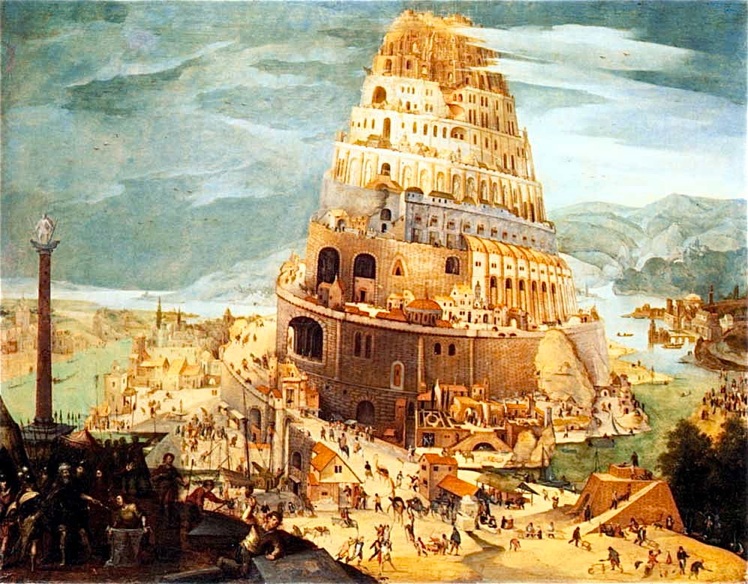
Presently there are between 6800 and 6900 distinct languages in the world. That Tower of Babel thing really seems to have worked
Of course, the spoken languages came before the written languages. For a long time Mesopotamia was thought to be the first to have a written language beginning around 3000 BC., but some scholars give the honor to Egypt coming in around 3400 BC. Pakistan is making a bid with some scholars claiming 3500 BC. For now we can estimate that written language has been around between 5,000 and 5,500 years. Stand by for the next update from the archeologists.
What brought about the written language? Of course, need. Keeping records for trade and other human activities required a written language. The word got out that a written language was pretty handy and fairly soon darn near everyone had one of their own and their own ideas about the shape it should take.
When we first learn to read and write, we learn that our language always begins on the left and continues to the right and moves to the next line below, and the pages of our books begin in front or left and go to the back. As kids, we assume all languages operate this way. Remember the Babel thing; well, this extends to the directions of written languages.


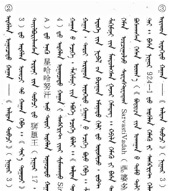
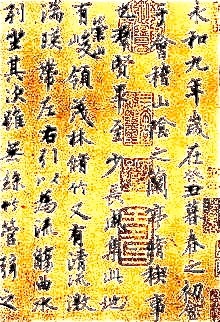
Still other languages such as Batak are written left to right, vertical, bottom to top.
There’s still more. Ancient Berber was written right to left, vertical, bottom to top.
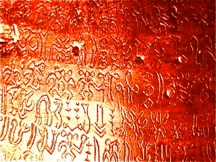
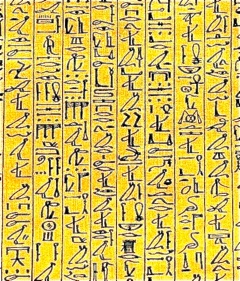
Chinese can be written from right to left in vertical columns, left to right horizontal lines, or occasionally right to left in horizontal lines. Japanese use the first two options.
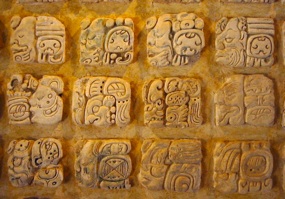
I guess most of this information is useless, but ding-dang it, why can’t everyone read and write horizontally from left to right and down? Darned savages.
h
g
u
o
n
e





